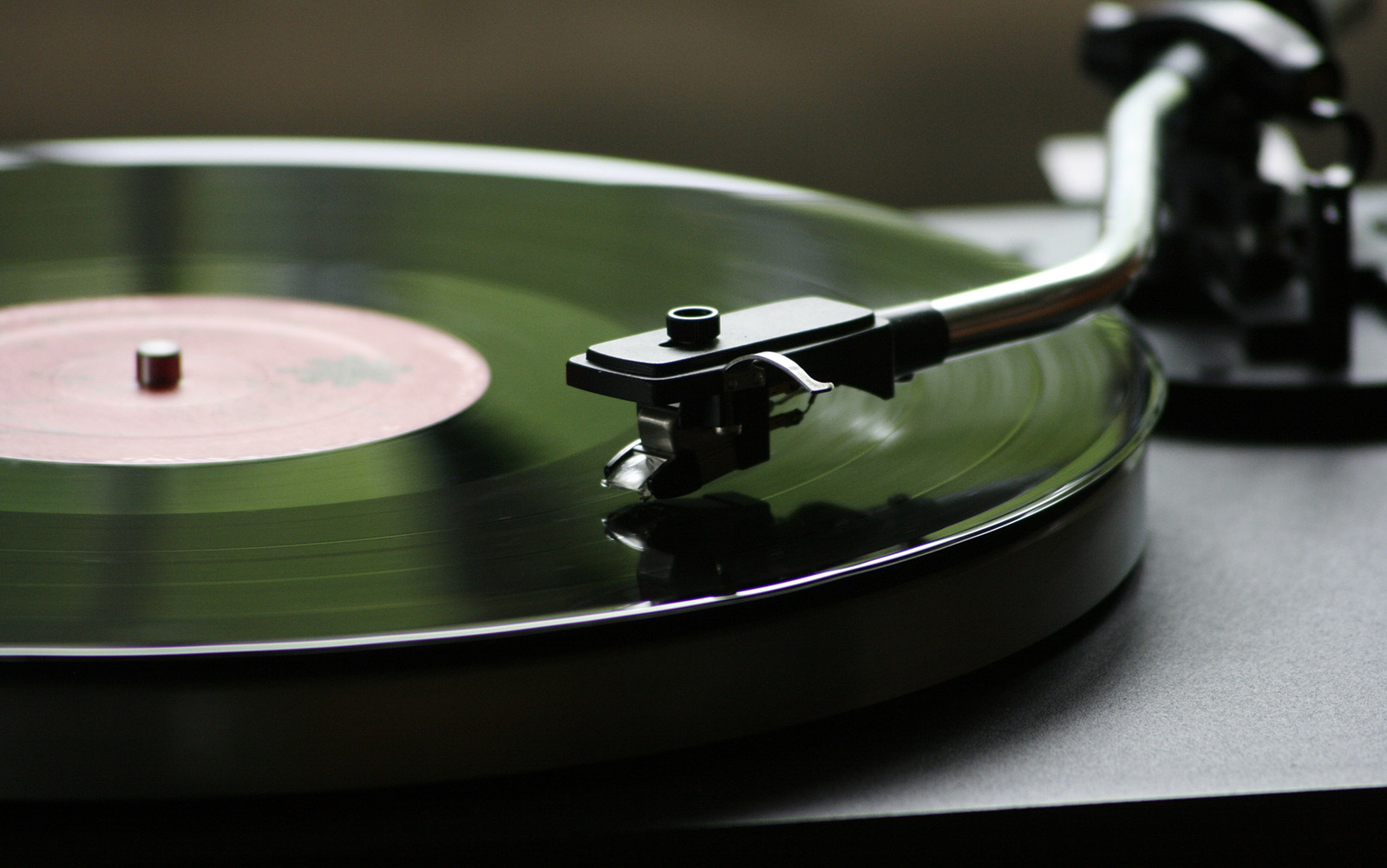Design outcomes are created to achieve an intended purpose. Craigslist was designed to facilitate buying and selling between individuals. It also allows people to find service providers and even make romantic connections with other people. One of Craigslist’s main purposes is to do facilitate all these activities with no fees and very little oversight. It’s essentially an online garage sale. Sometimes, a design outcome will function in ways that weren’t intended. Counter to Craigslist’s person-to-person purpose, businesses have used the website to masquerade as individuals to peddle anything from parrots to prostitution. A design outcome’s propose is its reason-for-being.
